Tusome: Early-Grade Reading Program
University of Nairobi, Makerere University-ResilientAfrica Network (RAN) and Catholic Relief Services under the Long-Term Assistance and Services for Research (LASER) – Partner University-Led Solutions Engine (PULSE) program conducted a case study of the Kenya early grade reading program, Tusome (“let us read” in Kiswahili’’). The goal of the study was to outline the key elements that enabled the Kenya Ministry of Education to successfully scale and sustain Tusome, as well as to identify challenges and how they were addressed. This case study was commissioned by the United States Agency for International Development’s (USAID) Bureau for Africa, Office of Sustainable Development (USAID/AFR/SD). The study results will ultimately help USAID to better design and implement equally, if not more, successful programs in other countries. The information will also help USAID to better understand the Agency’s main objective to “support its local partners to become self-reliant and capable of leading their own development journeys’’.
The Tusome program is a scale up of the literacy component of the Primary Math and Reading (PRIMR) project that aimed at impacting approximately seven million Kenyan children in Grades 1–3. PRIMR focused on improving numeracy and reading outcomes, with funding from USAID and the Department for International Development (DFID). Tusome focused on five key interventions that were developed and proven under PRIMR to improve pupils’ learning outcomes, namely:
- Enhancing teachers’ capacity to effectively deliver classroom instructions
- Improving schools’ access and use of appropriate core and supplemental reading instructional materials and resources
- Enhancing instructional support and supervision
- Integrating the use of Information and Communications Technology (ICT) and data through Curriculum Support Officers’ (CSOs) tablets, nationally, and
- Enhancing collaboration with other literacy actors locally and internationally.
The Tusome case study unveiled several lessons encompassing areas of scaling, garnering commitment, and strengthening capacity for a successful hand-over of a literacy program. With regard to scale, the study showed that there was a need to: gradually release the program to system-level ownership; plan for contextual challenges and vulnerable groups; institutionalize core program elements within the existing systems; and engaging of publishing stakeholders to determine areas of mutual collaboration.
Secondly, the case study showed that commitment can be achieved through early identification of key actors in the education sector and engaging them throughout the course of program implementation. Engagement activities may include joint annual work plans with all education stakeholders and quarterly or semi-annual reviews to track program progress.
Finally, capacity strengthening across the education system, such as continuous coaching and training for teachers and head teachers to enhance their pedagogical skills.
Contributors:
- Julius Ssentongo, Program Coordinator, RAN
- Betty Bugusu, LASER-PULSE Technical Director, Purdue University
- Harriet Adong, Director Communications & Knowledge Management, RAN
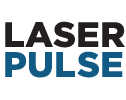
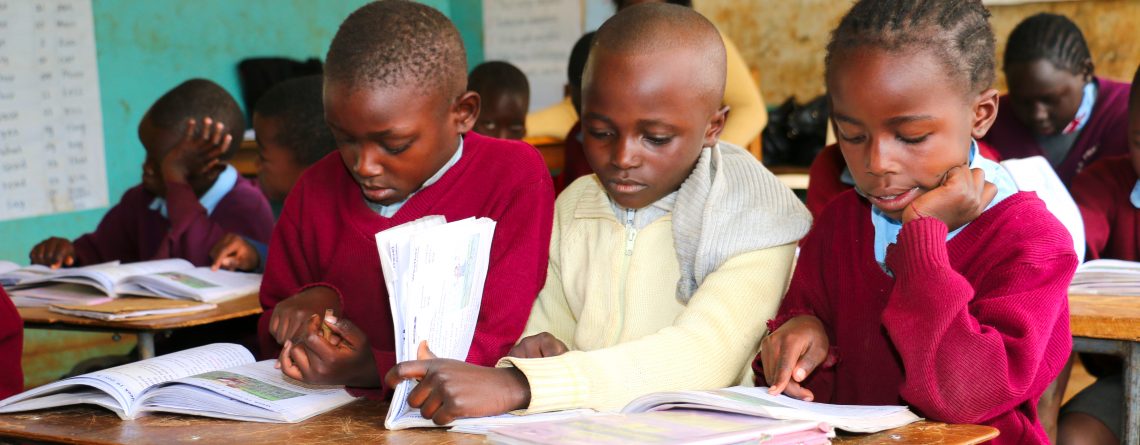
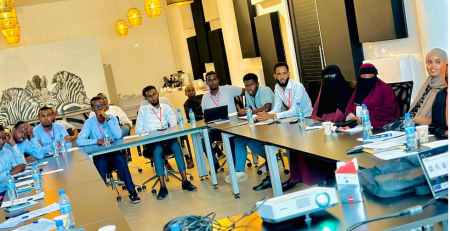
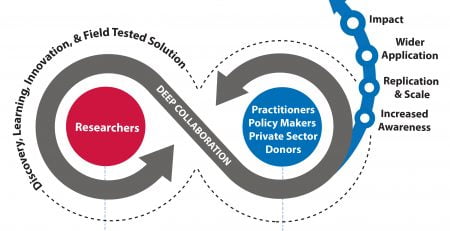
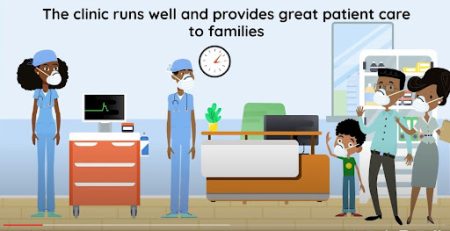
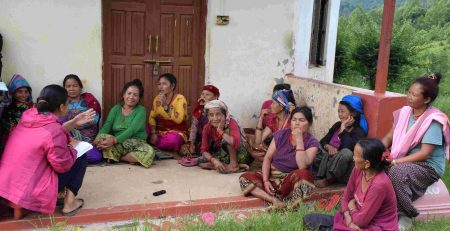
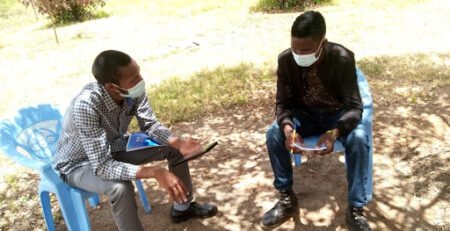
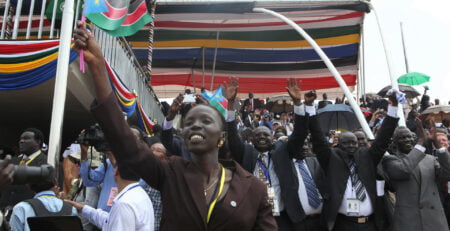
Leave a Reply
You must be logged in to post a comment.